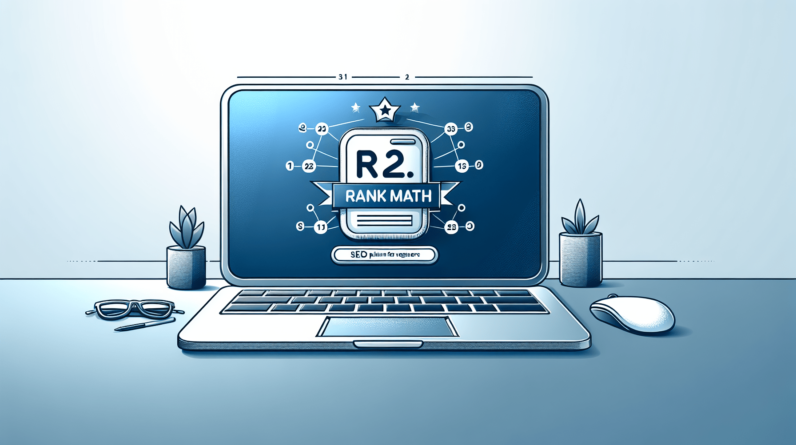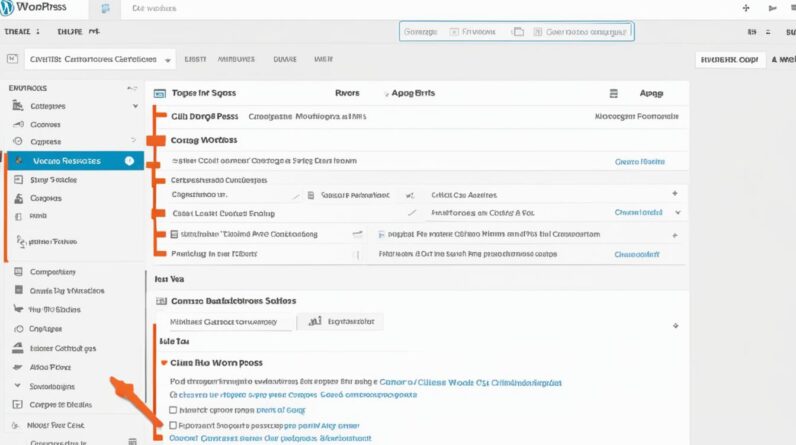So you’ve heard the term “child theme” thrown around in the world of web development, but you’re not exactly sure what it means or when it’s necessary to use one. Well, fear not! In the realm of WordPress, a child theme is a powerful tool that allows you to make modifications to your website’s appearance and functionality without directly editing the parent theme. This article will help demystify the concept of child themes and shed light on when you should consider using one for your own WordPress website. Let’s dive in and uncover the benefits of this handy tool!
How to Make Money with YouTube
Create an empire of automated video websites for multiple streams of income

What is a child theme?
Definition
A child theme is a theme that inherits the functionality and styling of another theme, referred to as the parent theme. It allows you to make modifications to the parent theme without directly editing its files. Instead, you create a separate theme that acts as an extension of the parent theme, enabling you to customize specific elements while still retaining the core functionality and updates of the parent theme.
Relationship with parent theme
A child theme relies heavily on its parent theme. It inherits the styles, template files, and functionality from the parent theme, acting as a layer of customization on top of it. Essentially, the child theme “piggybacks” off the parent theme, using its resources while adding its unique modifications. This relationship ensures that any updates or changes made to the parent theme will be reflected in the child theme, maintaining consistency between the two.
Purpose
The purpose of a child theme is to provide a way for website owners and developers to make customizations to a theme without sacrificing the ability to update the theme. By using a child theme, you can create a unique look and feel for your website while still benefiting from the regular updates and improvements made to the parent theme by its developers. This allows you to stay up to date with security patches, bug fixes, and new features without losing your customizations.
Advantages
Child themes offer several advantages over directly modifying the parent theme. Firstly, they provide a layer of separation, ensuring that your customizations remain intact even when updating the parent theme. This separation also makes it easier to manage and organize your code, as you can isolate your custom changes to the child theme’s files.
Additionally, child themes allow you to experiment and make changes to your website’s design and functionality without directly affecting the parent theme. If you make a mistake or decide to revert a change, it’s as simple as deactivating the child theme and reverting back to the parent theme.
Furthermore, child themes promote good coding practices and offer a more sustainable approach to theme customization. By using a child theme, you can override specific elements of the parent theme’s code without modifying the original files. This ensures that your customizations are separate and maintainable, making it easier to troubleshoot issues and debug code in the future.
When should I use a child theme?
Customizations
One of the main reasons to use a child theme is when you want to make customizations to your website’s design or functionality. With a child theme, you can modify the visual aspects, such as the layout, colors, typography, and images, as well as the functional aspects, such as adding new features or changing the behavior of existing ones.
By using a child theme, you have full control over how your website looks and functions, without directly modifying the parent theme. This is especially useful if you have specific branding requirements or if you want to create a unique user experience. You can customize the appearance and behavior of your website to align with your brand or to cater to your specific target audience, giving you the flexibility to create a website that stands out.
Updating parent theme
Another scenario where a child theme is beneficial is when you want to keep your parent theme up to date. Parent themes are regularly updated by their developers to address security vulnerabilities, fix bugs, and introduce new features. By using a child theme, you can ensure that you stay current with these updates without losing your customizations.
If you were to directly modify the parent theme, updating it would overwrite your changes, forcing you to redo them after each update. With a child theme, the updates to the parent theme are applied separately, leaving your customizations intact. This allows you to take advantage of the improvements and fixes provided by the parent theme’s updates while maintaining your unique modifications.
Preserving customization
Preserving your customization is another significant advantage of using a child theme. If you modify the parent theme directly and later decide to switch to a different theme, you would lose all your customizations. However, by using a child theme, your customizations are contained within the child theme’s files. This means that even if you switch to a different parent theme or deactivate the child theme temporarily, your customizations are not lost.
Using a child theme ensures that your website retains its unique design and functionality across different themes without the need to recreate everything from scratch. This is particularly useful if you regularly change themes or if you plan to use different themes on different sections of your website.
Ease of use
Creating and using a child theme is relatively straightforward. Most WordPress themes provide child theme templates or starter kits that make the process easier. By following a few simple steps, you can have a child theme up and running, ready for your customizations.
Once the child theme is activated, any changes you make to its files will override the corresponding files in the parent theme. This allows you to modify specific elements without affecting the core code of the parent theme. With a child theme, you have the freedom to experiment, make changes, and revert them if needed, all without the fear of breaking your website or losing customization.
In conclusion, a child theme is a powerful tool that allows you to customize WordPress themes without sacrificing the ability to update them. Whether you want to make design changes, keep your theme up to date, preserve customization, or simply have the freedom to experiment, using a child theme is the way to go. By harnessing the advantages of child themes, you can create a unique, tailored website while maintaining security, stability, and ease of management.







